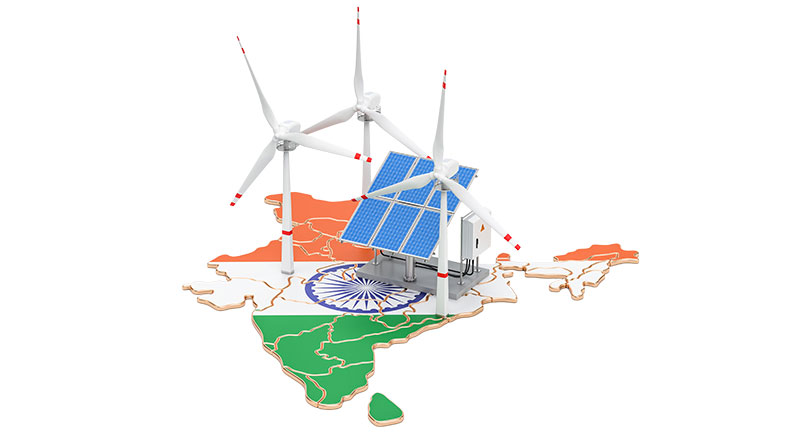The sooner, the better
-
- from Shaastra :: vol 01 issue 03 :: May - Jun 2022

Lowering greenhouse gas emissions now will give low-emissions countries time for more gradual reductions in the future.
Much of the recent media coverage of the Intergovernmental Panel on Climate Change (IPCC) Assessment Report 6 (AR6) Working Group III on Mitigation was characterised by doom and gloom. This reflects a misunderstanding. Much of the focus was on the date for peak emissions, which sounds premature to a low emitter like India, which has pledged net-zero carbon emissions only by 2070. Understanding the interplay of emissions and trajectories is key to ensuring we realise our ambitions.
While the recent report brought peak emissions to the fore, the global focus earlier was on 'net zero'. Most countries announced dates for achieving net-zero emissions; many countries, especially high emitters, set 2050 as the date. On the surface, this appears promising as IPCC reports show the world must become net zero by 2050 if the average global temperature rise above pre-industrial levels is to be kept below 1.5°C. The bad news is that, first, most countries aren't on track for lowering emissions per their net-zero pledges (forget Paris pledges by 2030), and, second, even if high-emitters did net-zero by 2030, these countries would emit far more than any reasonable share of the global remaining carbon budget.
In an earlier column, 'While the sun shines...' (bit.ly/3v5Xdey), I had addressed the challenge of making rooftop or edge-based solar solutions inclusive and equitable. Handling winners and losers will be the biggest challenge in the transition. Sharing the carbon budget or carbon space equitably is a geopolitical challenge that is unlikely to be resolved to everyone's satisfaction.
PAST ISSUES - Free to Read


Have a
story idea?
Tell us.
Do you have a recent research paper or an idea for a science/technology-themed article that you'd like to tell us about?
GET IN TOUCH














